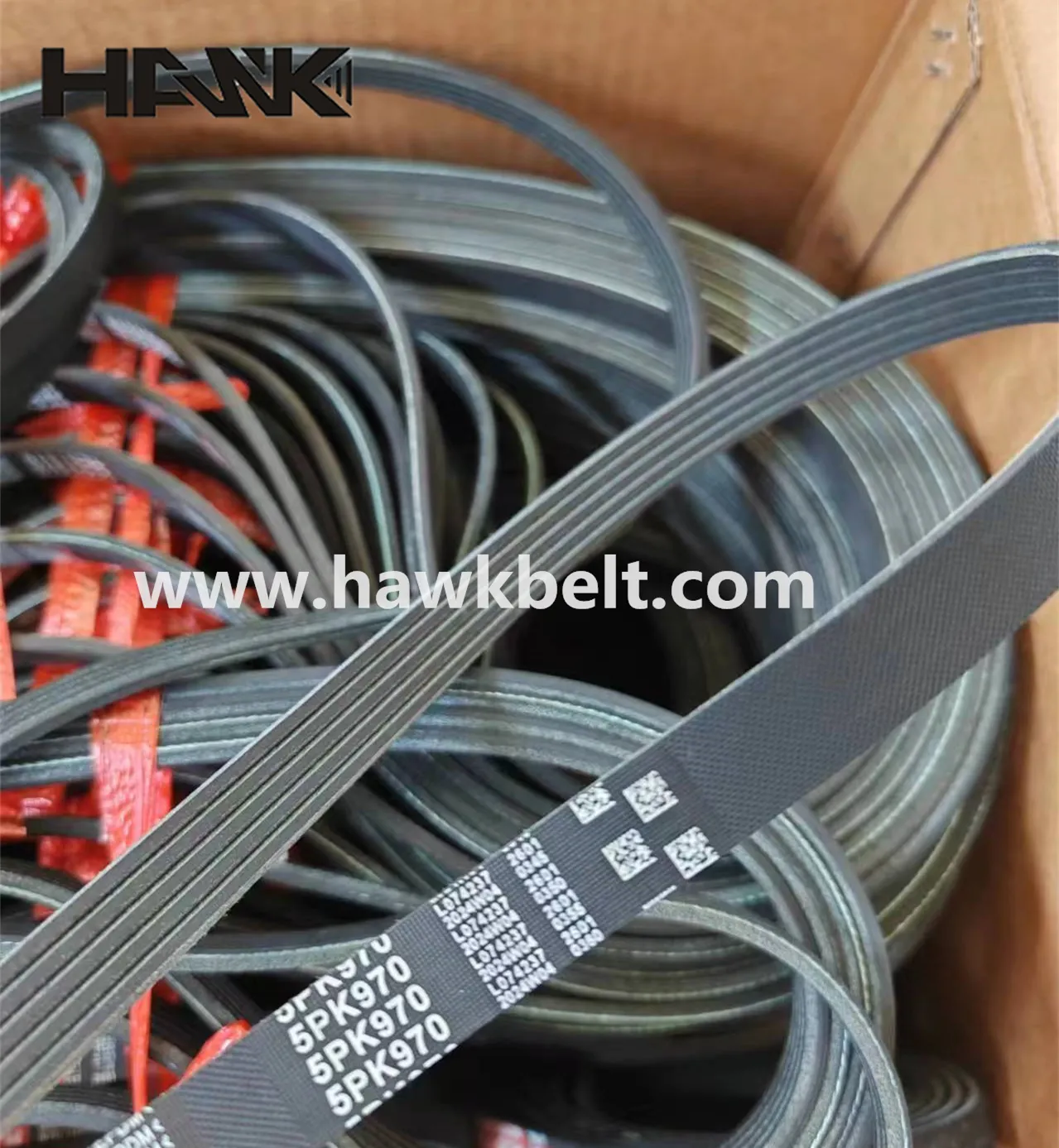- Arabic
- French
- Russian
- Spanish
- Portuguese
- Turkish
- Armenian
- English
- Albanian
- Amharic
- Azerbaijani
- Basque
- Belarusian
- Bengali
- Bosnian
- Bulgarian
- Catalan
- Cebuano
- Corsican
- Croatian
- Czech
- Danish
- Dutch
- Afrikaans
- Esperanto
- Estonian
- Finnish
- Frisian
- Galician
- Georgian
- German
- Greek
- Gujarati
- Haitian Creole
- hausa
- hawaiian
- Hebrew
- Hindi
- Miao
- Hungarian
- Icelandic
- igbo
- Indonesian
- irish
- Italian
- Japanese
- Javanese
- Kannada
- kazakh
- Khmer
- Rwandese
- Korean
- Kurdish
- Kyrgyz
- Lao
- Latin
- Latvian
- Lithuanian
- Luxembourgish
- Macedonian
- Malgashi
- Malay
- Malayalam
- Maltese
- Maori
- Marathi
- Mongolian
- Myanmar
- Nepali
- Norwegian
- Norwegian
- Occitan
- Pashto
- Persian
- Polish
- Punjabi
- Romanian
- Samoan
- Scottish Gaelic
- Serbian
- Sesotho
- Shona
- Sindhi
- Sinhala
- Slovak
- Slovenian
- Somali
- Sundanese
- Swahili
- Swedish
- Tagalog
- Tajik
- Tamil
- Tatar
- Telugu
- Thai
- Turkmen
- Ukrainian
- Urdu
- Uighur
- Uzbek
- Vietnamese
- Welsh
- Bantu
- Yiddish
- Yoruba
- Zulu
Dec . 23, 2024 16:55 Back to list
synchronous belt drive
Synchronous Belt Drive An Overview
A synchronous belt drive, also known as a timing belt drive, is an integral component in various mechanical systems, particularly in automotive engines and industrial machinery. The primary function of a synchronous belt drive system is to transmit power between two or more shafts while maintaining synchronization of rotation. This article will explore the design, functioning, advantages, applications, and maintenance of synchronous belt drives.
Design and Functionality
The core of a synchronous belt drive system consists of a belt made of high-strength materials—typically rubber reinforced with fibers such as fiberglass or aramid. The belt features teeth on its inner surface that engage with corresponding teeth on the pulleys. This tooth engagement prevents slippage, ensuring that the driving and driven components rotate in perfect sync.
In most synchronous belt drive systems, there are at least two pulleys a driving pulley connected to a motor and a driven pulley connected to an output shaft. The system operates by converting rotary motion from the motor into mechanical power that turns the driven pulley, which in turn drives various machine components.
Advantages of Synchronous Belt Drives
1. High Efficiency Synchronous belt drives provide high efficiency compared to other power transmission methods like chain drives or friction drives. The positive engagement of the teeth eliminates slippage, allowing nearly complete transfer of power.
2. Low Maintenance Once installed, synchronous belt drives require minimal maintenance. There’s no need for lubrication, as with chains, and the belts are less prone to wear than alternatives, leading to longer service life.
3. Noise Reduction Synchronous belts produce less noise during operation. The smooth operation and effective power transmission result in lower vibration and acoustic levels, making them suitable for applications where noise is a concern.
4. Compact Design Synchronous belt drives can be designed to occupy less space compared to chain drives. Their compact nature allows for more versatile designs in machines where space is limited.
synchronous belt drive

5. Precise Timing The synchronized nature of this belt system enables precise timing, which is crucial for applications like engine timing in vehicles, where accurate coordination between components is necessary for optimal performance.
Applications
Synchronous belt drives find applications across a multitude of industries. In the automotive sector, they are commonly used in timing belt systems to synchronize the rotation of the crankshaft and camshaft. This synchronicity is vital for efficient engine operation, ensuring that valves open and close at the correct times relative to the position of the pistons.
In manufacturing, synchronous belt drives are employed in conveyor systems, robotics, and automated machinery where precise movement and synchronization of parts are required. Additionally, they are commonly found in printers, sewing machines, and various other industrial equipment where reliability and efficiency are paramount.
Maintenance Considerations
To ensure the longevity and efficiency of a synchronous belt drive, regular inspection is necessary. Users should look for signs of wear, such as fraying or cracking of the belt material. Proper belt tension is crucial; too much tension can lead to premature wear on bearings and pulleys, while too little tension can result in slippage and loss of power transmission.
Replacing belts at recommended intervals can prevent failure and ensure optimal performance. Additionally, ensuring proper alignment of the pulleys is essential to minimize wear and maximize efficiency.
Conclusion
In summary, synchronous belt drives are a vital component in modern mechanical systems, offering high efficiency, low maintenance, and precise power transmission. Their applications span various industries, from automotive to manufacturing, making them essential for reliable system performance. Understanding the design and function of synchronous belt drives, along with their maintenance needs, can lead to improved operational efficiency and a reduction in downtime, ultimately contributing to the reliability and effectiveness of machinery and equipment.
-
Upgrade Power Steering Pump Belt for Smooth, Quiet Operation
NewsAug.27,2025
-
Precision Timing Belt & Chain: Engine Performance & Durability
NewsAug.26,2025
-
Precision Lathe Drive Belts: Durable & Reliable Performance
NewsAug.25,2025
-
84.5 Serpentine Belt: Durable & Precision Fit for Your Engine
NewsAug.24,2025
-
Premium Ribbed Drive Belts for Quiet Power Transmission
NewsAug.23,2025
-
High-Performance Vehicle Timing Belt for Engine Precision
NewsAug.22,2025

